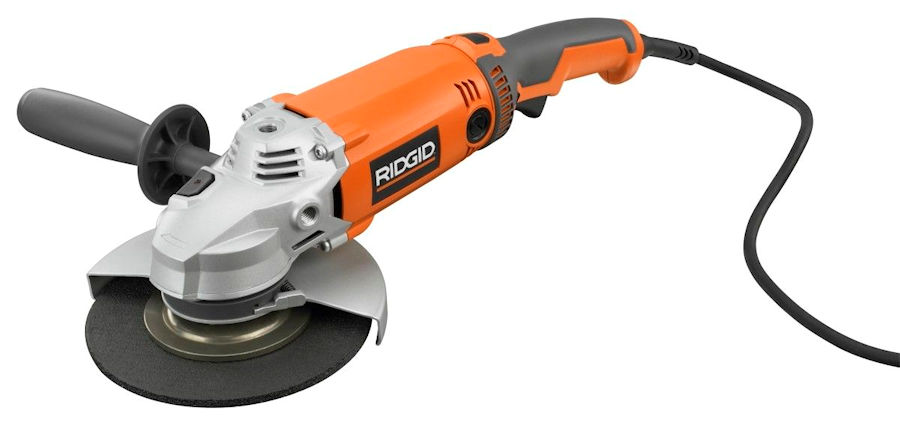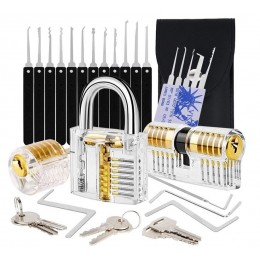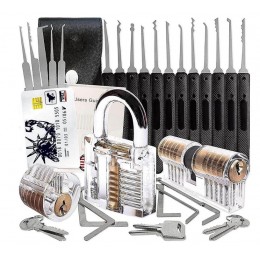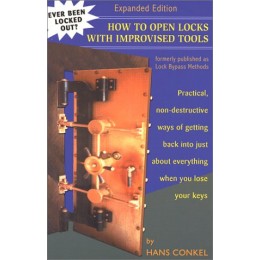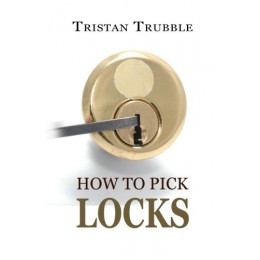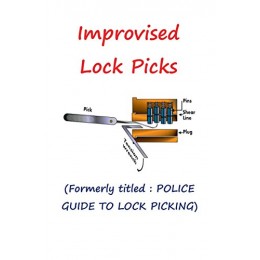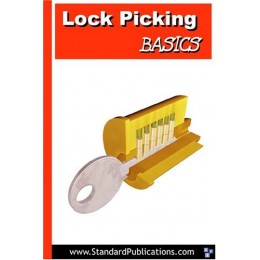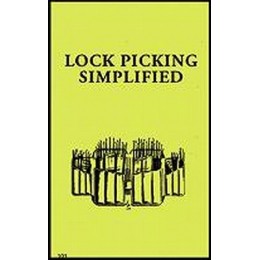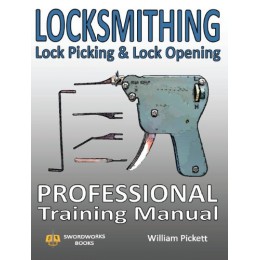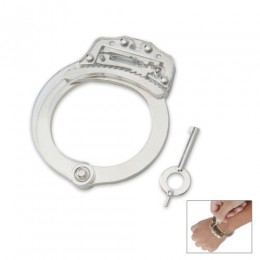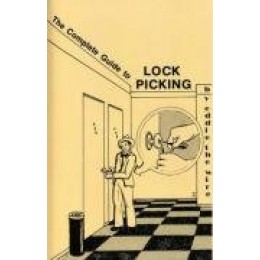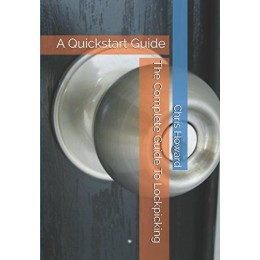Lock Picking
Solid Brass Padlock with Keys, 50mm Pick Wide Lock Body High-Security Lock Set
About this item 【Durable Padlock】- Key lock features a solid brass body and a hardened steel shackle for strength an..
How To Open Locks With Improvised Tools: Practical, Non-Destructive Ways Of G...
Practical, real-world solutions to lockouts. Learn to open doorknobs, deadbolts, car doors, padlocks, handcuffs, et cetera. This book sold o..
How to Pick Locks
Believe it or not, having the skill to pick locks may be the one thing that saves you when faced with a life or death situation. Most people..
Improvised Lock Picks: Formerly titled : POLICE GUIDE TO LOCK PICKING
the average person is prone to consider “lock picking” as a standard modus operandi for any would be burglar. The purpose of this book is..
Lock Picking Basics
This book makes learning the art of lock picking fun and easy. You don't have to waste your time guessing how it's done, reading some amateu..
Lock Picking Simplified a Self Teaching
Desert Publications Softcover. Learn all the basics of lock picking in one book.ISBN13: 9780972269131Condition: NewNotes: BRAND NEW FROM PUB..
Locksmithing, Lock Picking & Lock Opening: Professional Training Manual
For the beginning and intermediate locksmith, this detailed manual explains how locks work, how to open them when the keys have gone missing..
Master Locksmithing: An Expert's Guide to Master Keying, Intruder Alarms, Acc...
Boost Your Career Potential with Today's Most Complete Guide to Advanced Locksmithing Skills, Techniques, and Systems! Turn to Master Locksm..
Pick Guns: Lock Picking For Spies, Cops, And Locksmiths
This book tells how pick guns work and how to use them and traces their development from their inception to the revolutionary devices of tod..
Practical Lock Picking, Second Edition: A Physical Penetration Tester's Train...
Practical Lock Picking, Second Edition, is an instructional manual that covers everything from straightforward lockpicking to quick-entry te..
Practical Lock Picking: A Physical Penetration Tester's Training Guide
Practical Lock Picking: A Physical Penetration Tester’s Training Guide introduces the reader to the basic principles of lock picking. The bo..
Practice Handcuff Lockpicking Clear Cuff Cutaway
The see-through design of this special training handcuff allows you to view what is really happening when a handcuff is being locked, unlock..
The Complete Guide To Lock Picking
Learn how to open all kinds of locks, plus how to thwart tampering with locks to protect your valuables. This book is intended for legal ent..
The Complete Guide To Lockpicking: A Quickstart Guide (Quickstart Guides)
An essential book for anybody looking to learn the ancient and mysterious art of lockpicking, whether for recreational, social or profession..

